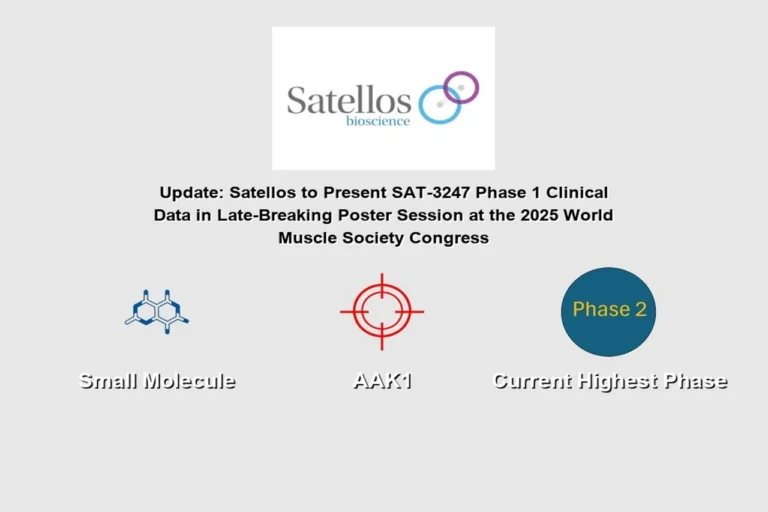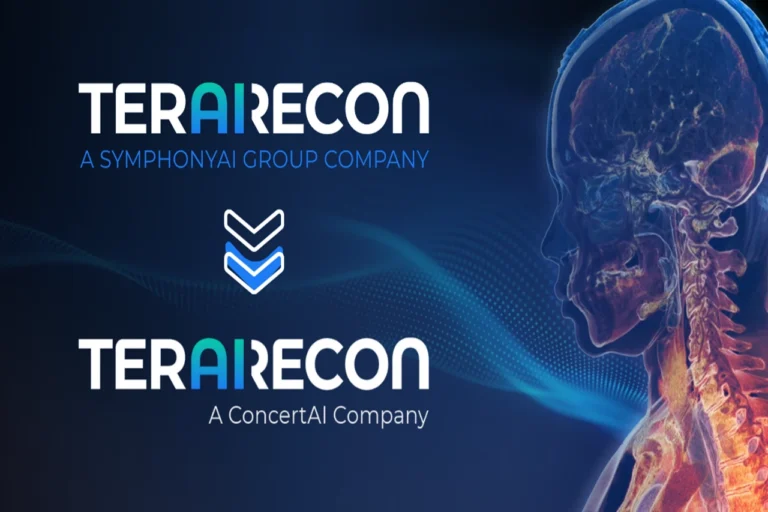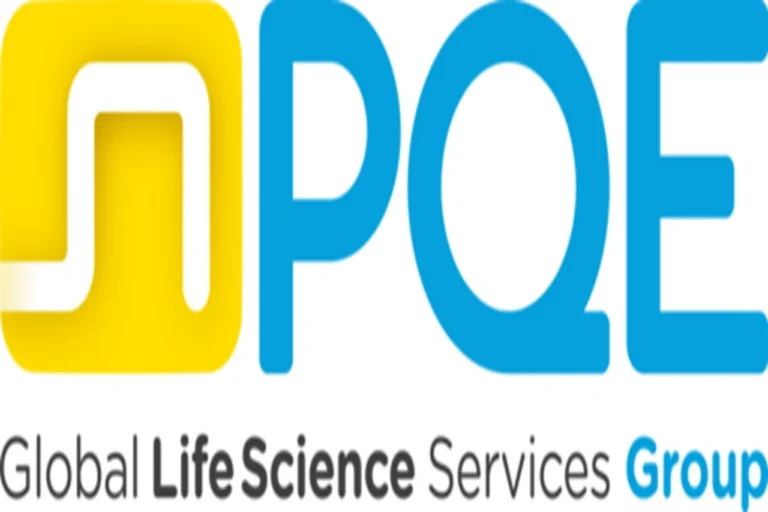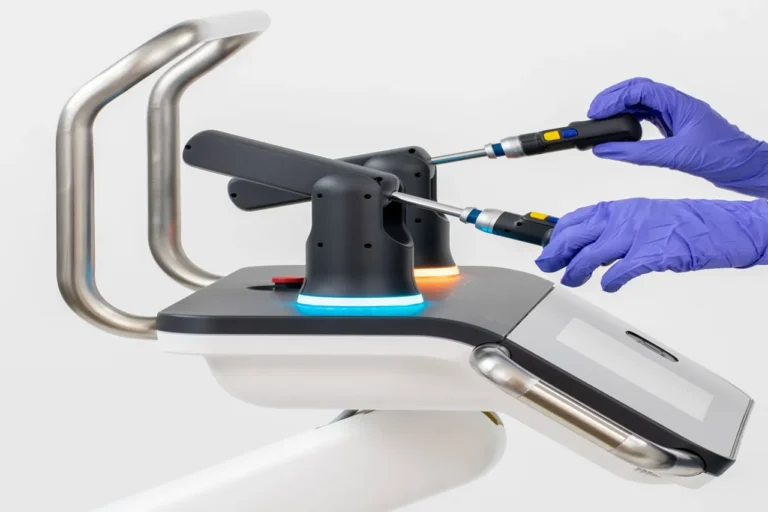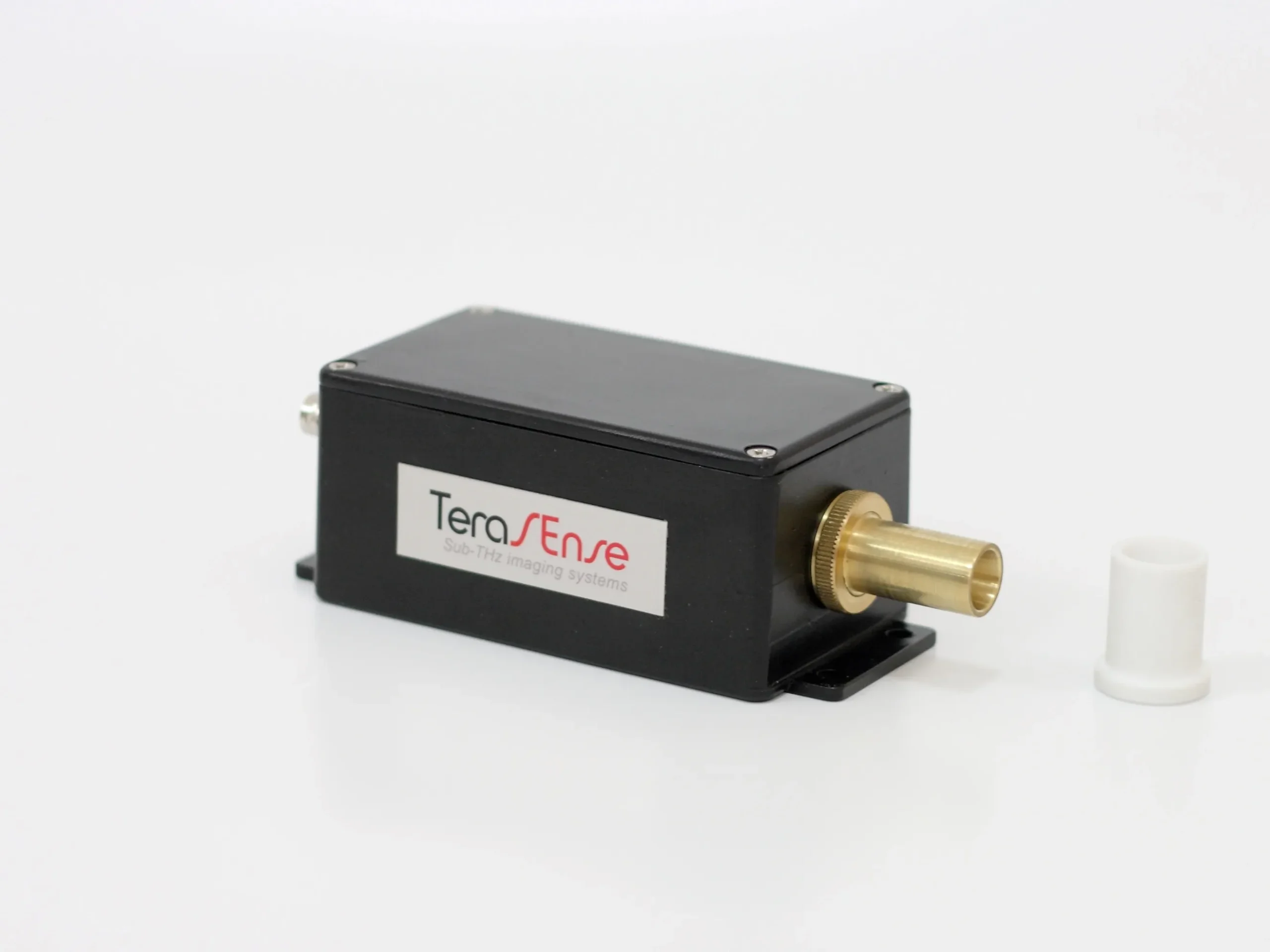
OKI and NTT Pioneer Mass Production Technology for High‑Power Terahertz Devices
OKI and NTT Innovative Devices Corp. are collaborating to unlock the next generation of terahertz device manufacturing. Harnessing OKI’s Crystal Film Bonding (CFB) technology, they have successfully developed a scalable mass‑production process that integrates indium phosphide (InP) uni‑traveling‑carrier photodiodes (UTC‑PDs) onto silicon carbide (SiC) substrates—combining superior heat dissipation, dramatically improved yields, and performance levels poised to transform terahertz applications.
Why Terahertz Matters for 6G and Non‑Destructive Testing
OKI and NTT Terahertz electromagnetic waves occupy the spectrum between radio and infrared. They exhibit radio‑like penetration and light‑like precision, making them ideal for applications such as non-invasive inspections (e.g., security screening, industrial scanning) and ultra‑high‑capacity wireless communications envisioned in the emerging 6G era. However, terahertz signals suffer from atmospheric attenuation, requiring high‑power emitters to maintain reliable, long‑distance usage. Equally important is developing a manufacturing method that scales cost‑effectively for real‑world deployment.
The Technical Leap: InP UTC‑PDs Bonded onto SiC
UTC‑PDs based on InP are known for their high bandwidth and frequency response, but past lab prototypes were hampered by thermal limits and low yield. OKI and NTT Innovative Devices, along with partners in Japanese academia, focused on solving these issues by mounting UTC‑PDs directly onto SiC substrates—renowned for superior thermal conductivity.
Their experimental results are impressive:
- Tenfold improvement in output power at 1 dB compression, compared to traditional designs, with performance now exceeding 1 mW per device—a breakthrough level for practical terahertz emitters.
- Dark current, an indicator of noise and efficiency loss, fell to roughly one‑third of conventional device levels.
- Bandwidth, signal fidelity, and linear response all met or exceeded targeted benchmarks.
OKI and NTT Despite these advances, commercially viable production required better yield management and cost control—challenges addressed by OKI’s CFB technology.
Crystal Film Bonding: From Printers to Terahertz
OKI and NTT adapted its proprietary CFB process, long used for manufacturing image-transfer films in printers, to UTC‑PD mass production. Here’s how it works:
- Device‑level film division: InP epitaxial wafers are separated at the level of individual device films—rather than diced at full wafer scale—resulting in minimal material waste.
- Selective pick‑and‑place: Only the required device films are transferred onto SiC wafers using OKI’s precise heterogeneous bonding technique.
- Wafer‑scale processing: Hundreds or thousands of devices are bonded in parallel, drastically reducing per‑device assembly time.
- Near‑perfect yield: Bonding process efficiency jumped from circa 50% to nearly 100%, virtually eliminating yield losses from micro‑defects.
This method not only improves yield but also drives down costs and environmental impact by making better use of high-value InP films.
Turning Breakthroughs into Functioning Devices
NTT Innovative Devices took the bonded substrates through full chip fabrication, creating UTC‑PD structures on SiC. Comprehensive testing revealed:
- >1 mW output at 1 dB compression, confirming industrial-grade emitter power.
- Low dark current and excellent linearity.
- Robust device reliability, ready for integration into terahertz systems.
These results validate the combined CFB‑plus‑UTC approach—not just in prototype form, but in manufacturable, high‑throughput production.
Roadmap for Commercialization & 6G
With a scalable manufacturing process proven in the lab, OKI and NTT are now setting their sights on commercialization:
- Mass production is targeted for fiscal year 2026.
- Development efforts will ramp up to support industrial partners—especially those building high‑power terahertz transmitters for 6G backhaul, ultra‑fast point‑to‑point links, and multi‑gigabit imaging systems.
- In addition to communications, the same high‑power UTC‑SiC platform supports high‑precision, non‑destructive sensing in industries like aerospace, automotive, and security.
Broader Impacts & Industry Significance
This collaboration is more than a technical success—it accelerates the transition of terahertz technology into real-world devices and systems:
- Low-latency, high-bandwidth infrastructure: As 6G pushes higher frequencies to increase data capacity, robust terahertz components are essential to closing the signal path.
- Advanced inspection systems: Terahertz signals can safely reveal structural flaws in aerospace composites, hidden defects in manufacturing, and illicit materials under clothing—all without harmful radiation.
- Enabled by manufacturing scale: The shift from micro-scale experimental devices to wafer-scale production makes these applications economically viable.


